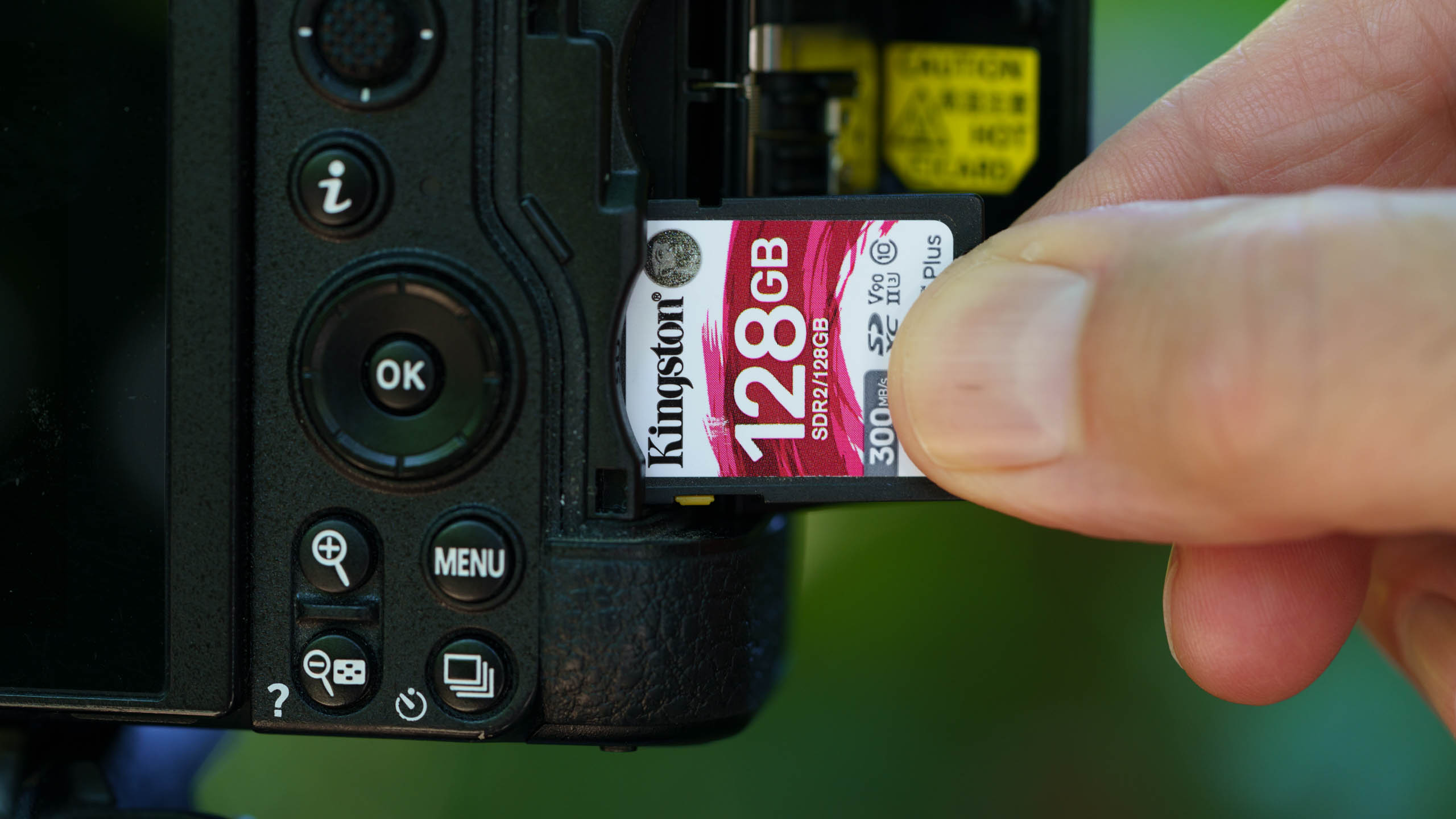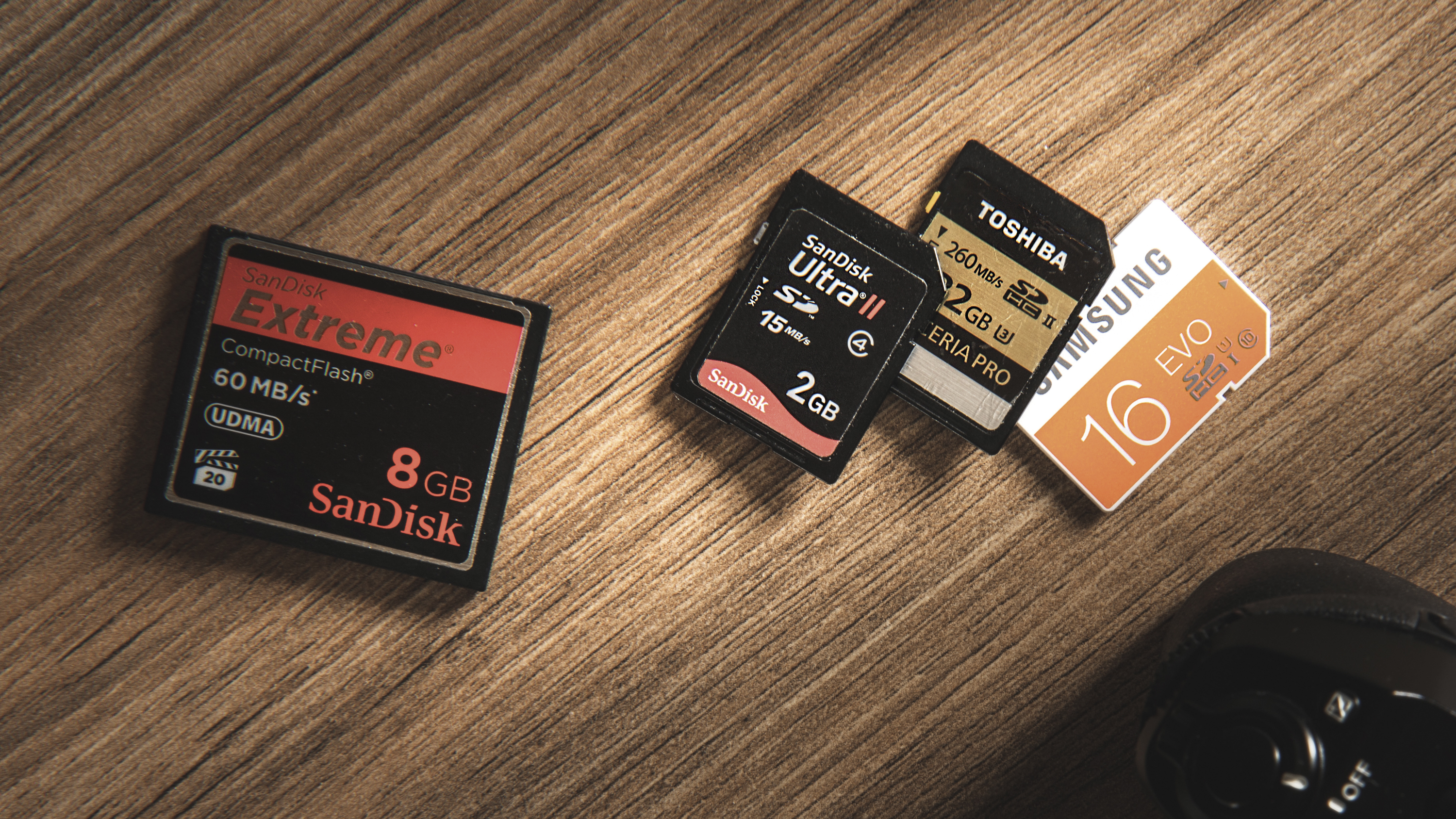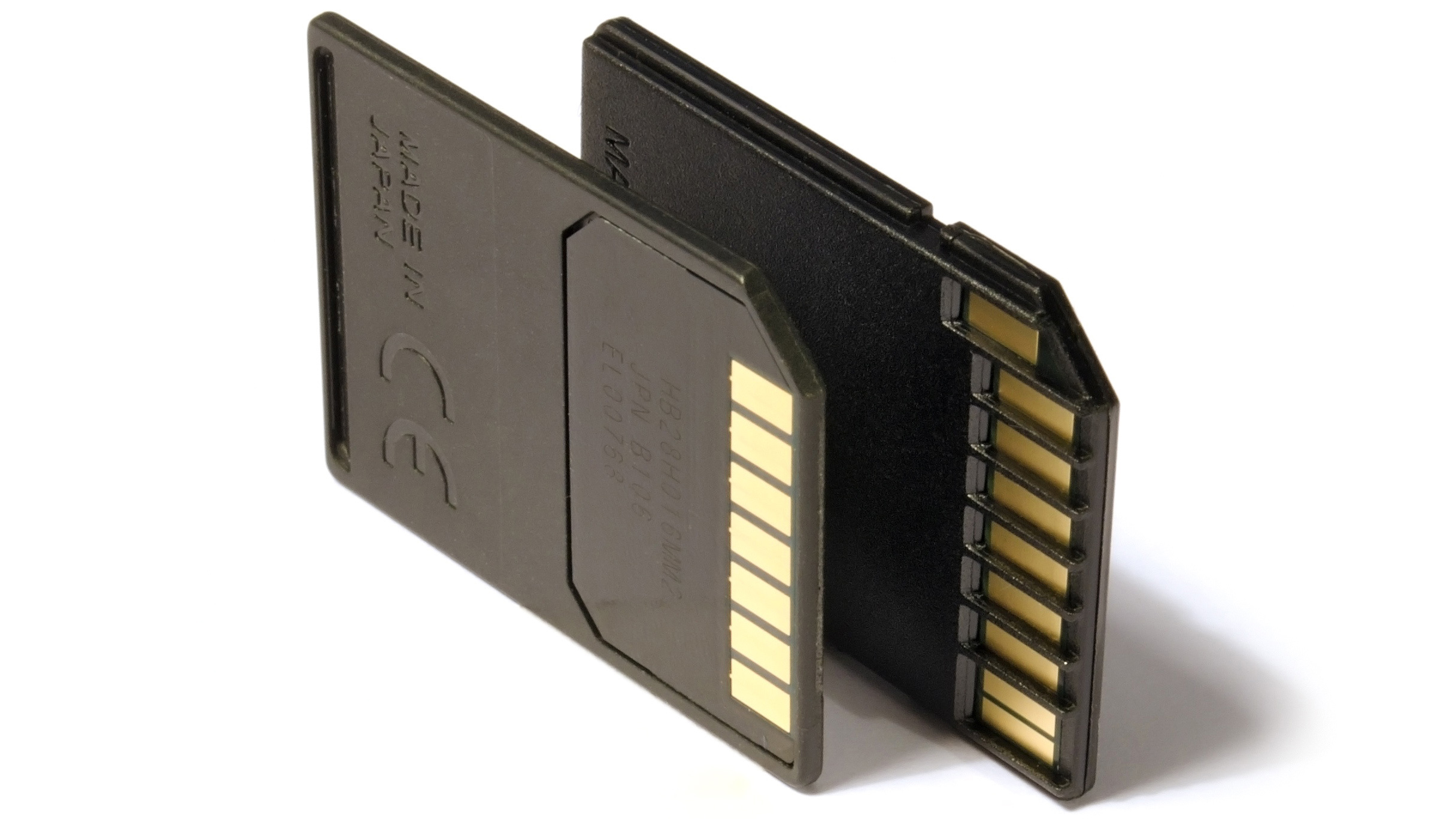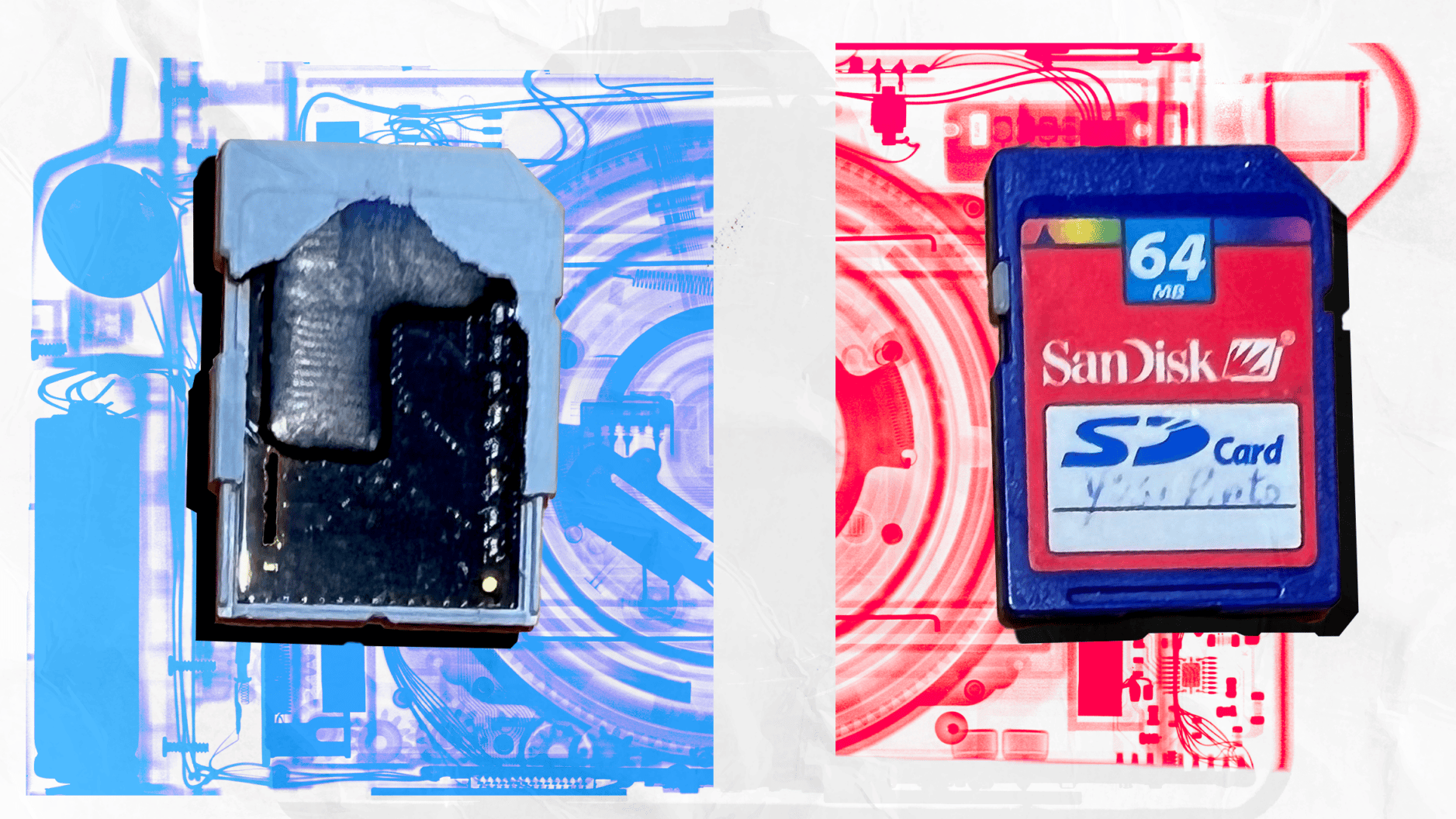Flash back: the history of the SD card, and why we think it deserves more love
Now well over 20 years but still going strong, the humble SD card has shown incredible longevity

What makes a great tech product? If the success of a device like the iPhone is anything to go by, you could argue that it's making an immensely complicated technological feat of engineering, while hiding this complexity behind an effortlessly easy to use human interface. But it's not just headline-grabbing halo products like the iPhone that manages to achieve this elusive synergy of complexity and simplicity. It could be argued that the humble SD card is no less impressive, concealing highly advanced and miniaturized flash memory within a completely innocuous sliver of plastic. The SD card is now so ubiquitous that it's usually taken for granted, yet we think it deserves more love than it generally gets. Pretty much everyone with a digital camera is likely to have at least one SD card, and likely many more, but have you ever stopped to think about how the SD card came to be? This is a topic discussed in more detail on Western Digital's blog site.
Read more:
The best memory cards for your camera
SD card best buys

The history of the SD card format can trace its roots back to 1996 when SanDisk (now a WD brand, but back then it was independent) set about creating a long-forgotten flash memory format: MultiMediaCard (MMC). This collaboration with Siemens was designed to be a more compact, user-friendly memory card than the rugged but bulky Compact Flash card introduced in 1994. The thin form factor with surface contacts for power and data transfer was a direct response to Sony's proprietary Memory Stick format. However, against the might of Sony, MMC struggled with low adoption and few supporting products.

And yet the need for an alternative to Memory Stick and other brand-specific flash memory formats was still present. In 1999 SanDisk was approached by Toshiba and Panasonic to develop the basic MMC format into a new memory card with a sturdier design, higher speeds, additional security features, and other improved capabilities. This was a top-secret development, as at this time the rise of portable devices like MP3 players requiring solid state storage was just taking off. The potential for a widely-used, standardised flash memory format was therefore enormous.

Thanks to basing the SD standard on pre-existing MMC technology (the two formats appear almost identical, and MMC cards can even be used in a standard SD slot), it only took one year between SD conception and the first SD card samples being ready - in capacities of 8 and 16 megabytes, no less! It was then only a matter of months before capacities reached 64MB. With Toshiba and Panasonic aggressively launching multiple devices that supported SD cards, the format’s widespread adoption was accelerated. By late 2003 SD had surpassed both CompactFlash and Memory Stick to become the dominant flash memory format - a position it's held ever since. Interestingly, though Sony effectively surrendered the flash format war in 2010 when it began supporting both Memory Stick and SD cards in new products, it refused to abandon the format. Incredibly, even cameras as recent as the A6600 can still use Memory Stick cards.

Some may say the writing is on the wall for SD cards, at least in premium camera applications, such is the increasing adoption of CFexpress as the preferred card format for supporting ultra-high resolution stills and 4K/8K video. Even the elusive SD Express development can only currently compete with CFexpress Type A cards in terms of raw read/write speed. Nevertheless, the sheer ubiquity, accessibility, low cost and widespread compatibility of SD cards means they will invariably be the default flash memory card format for many years to come.
Get the Digital Camera World Newsletter
The best camera deals, reviews, product advice, and unmissable photography news, direct to your inbox!
Read more:
Ben is the Imaging Labs manager, responsible for all the testing on Digital Camera World and across the entire photography portfolio at Future. Whether he's in the lab testing the sharpness of new lenses, the resolution of the latest image sensors, the zoom range of monster bridge cameras or even the latest camera phones, Ben is our go-to guy for technical insight. He's also the team's man-at-arms when it comes to camera bags, filters, memory cards, and all manner of camera accessories – his lab is a bit like the Batcave of photography! With years of experience trialling and testing kit, he's a human encyclopedia of benchmarks when it comes to recommending the best buys.

